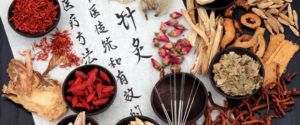
OUR PHILOSOPHY
At Tao to Wellness, we partner with you creating meaningful results that provide total harmony and balance.
Making or changing an appointment is easy with our online patient portal.
If you’d like to Purchase a Gift Card, please click the button below.
Copyright © 2024 • Tao to Wellness • All rights reserved